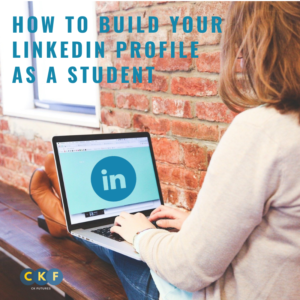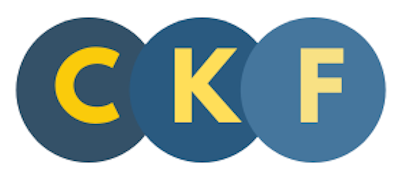 Of all the social networking sites out there, LinkedIn is one that generally gets overlooked by students. It’s not until they’re starting to think more closely about their career path that they begin to consider LinkedIn. However, my advice is to start using LinkedIn as soon as you can!
Of all the social networking sites out there, LinkedIn is one that generally gets overlooked by students. It’s not until they’re starting to think more closely about their career path that they begin to consider LinkedIn. However, my advice is to start using LinkedIn as soon as you can!
Starting a profile early on is great because it can be useful for university applications and if you have been in any sort of paid or voluntary work you can keep in professional contact with colleagues, and managers – who may be able to offer you work again in your future career. It’s also great for job hunting and you can search for and connect with professionals in your area of specialism and in organisations, that you’re interested in.
The following tips will help you cover the basics
Write a strong ‘Headline’.
This is your first opportunity for a bit of personal branding. You have 220 characters – tailor it to the sector you hope to work in after college. Avoid hyperbole, skip the jargon, and include your value proposition. Top tip – have a look at the profiles of other students you have met that you admire and see how they have written their headlines.
Headshot photo
Make it portrait, professional, forward-facing (slightly side on looks good) and in colour. Keep it classy and avoid anything unprofessional – e.g. drunk party shots, avatars or cute puppies! Get snapping!
Education, education, education!
The chances are that you haven’t had time to do much in the way of paid work as you’ve been busy studying, so this is your place to show off your educational record. Include details of your schools, courses, study abroad or summer programs. Don’t be bashful! LinkedIn is definitely the place to show off your results and awards.
Professional Summary – ABOUT section
This is 2000 characters of prime LinkedIn real estate and the second opportunity for you to develop your personal branding. However, you don’t need to use it all. Write in the first person, keep it succinct and interesting. Showcase what you have been studying first. Reiterate your educational achievements whilst at College and then go on to highlight any extra-curricula activities you’ve been involved in. If you have also paid work then include details of this employment. Add in relevant media: videos, pics, work samples, links etc. Avoid the trap of simply regurgitating your time in College. At the end of the summary, bullet point the key pieces of information you want a reader to take away with them. Top tip – if you have had paid employment see if you can ask your employer for a recommendation. Relevant recommendations from former or current employers are incredibly powerful pieces of content for headhunters.
If you want to take your profile to the next level I’ve written lots more Linkedin tips – try some of these out:
How to Hack Your LinkedIn Profile (and be 27 times more likely to be found in recruiter searches)
The first steps to becoming a LinkedIn master
Top Tips on making the most of your LinkedIn profile
Good luck!

Charlotte Spencer, CEO CK Futures Ltd
Charlotte Spencer is an award winning CV Writer, LinkedIn Writer and Interview Coach, helping people internationally to move confidently into new roles. With a background in HR, training and creative writing, Charlotte set up CK Futures to support people most at risk in the job market. Recognised by recruitment agencies, career coaches, charities and back-to-work organisations nationwide as an expert, Charlotte trains recruiters and other writers, and is a regular speaker at careers conferences, podcasts and events. Now specialising in supporting the police transition into new careers, Charlotte is also mum to two young adults, supports survivors of Domestic abuse into work, and is a Youth Mentor. Committed to maintaining CV writing standards and promoting ethical practice in the industry, Charlotte is Co-Founder and Vice Chair of the British Association of CV Writers.
